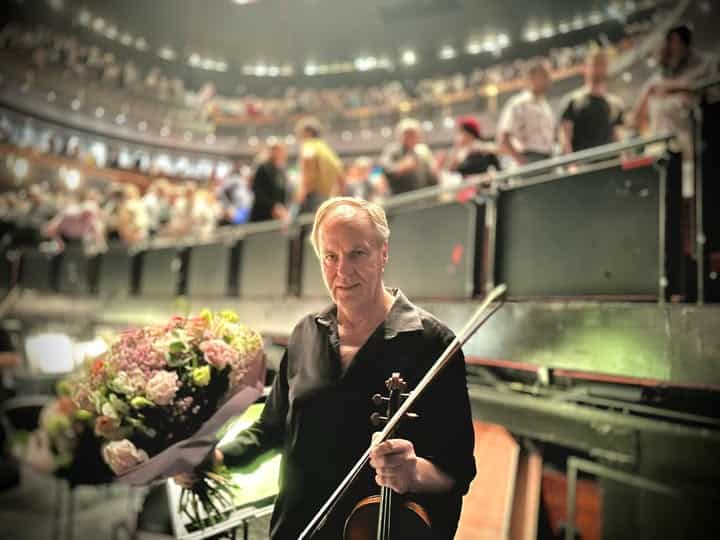California conductor finds a fluting error in Nutcracker score
mainJohn Stubbs is music director of the California Ballet Company and a long time violinist in the San Diego Symphony. During the Covid layoffs he has been poring over scores.
Guess what he’s found? In Tchaikovsky’s Nutcracker, a printer has changed the composer’s two flutes to flute and piccolo.
‘It added a bright colour where Tchaikovsky didn’t mean to have a bright colour,’ says Stubbs. He’s now working on a new critical score.

Read here.





Comments